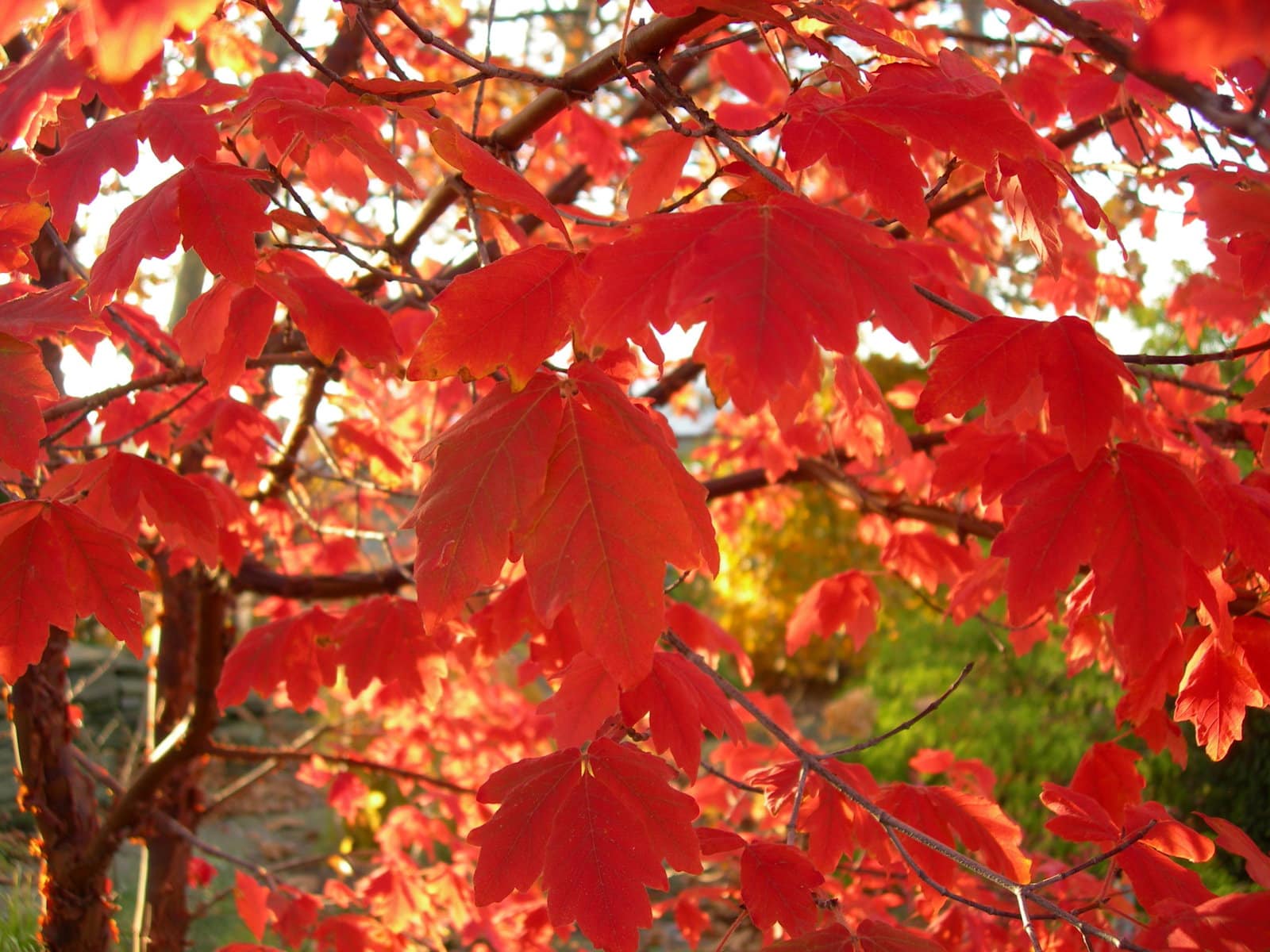As we are starting to clean up our gardens for the season, the tendency is to prune all our deciduous shrubs, evergreens and trees.
In the majority of cases, my response to this is to put your pruners down and back away from the plant.
Fall is not the time to be pruning. Here is my reasoning behind this.
As we go into autumn and start seeing plants go dormant and leaves start to turn beautiful fall colours, what we don’t see is what is going on inside the plant.
All summer, the leaves have been storing up food from the sun and air in a process called photosynthesis. As the fall approaches, all this stored energy starts to move from the leaves, down the stem and back into the roots.
In the spring, that same energy then moves from the roots, up the stem and forces out new leaves. If this whole process did not occur, a plant, when it dropped its leaves, would lose all its stored energy, resulting in a weakened plant.
In the same way, if you are pruning your shrub at this time, before its leaves drop, you are cutting off this stored food, which will result in a weaker plant.
Will it kill the plant? No, but it will not perform at its best. Also, by pruning in the fall, the cut area does not have time to properly heal, making it more susceptible to winter die-back.
Pruning also stimulates new growth. Whenever you cut back a plant, its first instinct is to push out new growth. So, if you prune in early fall, the plant may push out new growth before going dormant.
This new growth will not have a chance to properly harden-off before winter and may suffer more damage from cold winter winds. This is true for evergreen shrubs as well.
Pruning early spring flowering trees and shrubs in the fall will result in loss of flower buds that would have opened the next spring.
Plants such as magnolia, wisteria, lilac, viburnum, forsythia, purpleleaf sandcherry, redbud, serviceberry and others all set flower buds in late summer for the next season. So, pruning at this time will rob the plant of next year’s flowers.
If a shrub has grown excessively this year and some of its branches are overhanging walkways or scratching against a wall, you can lightly cut back those branches that are problematic.
This “no pruning in fall” rule is especially true for roses.
Do not prune roses at this time unless canes are so tall that they will be damaged in the winter or will be scratching up against the house – and then only prune back what is needed to stop winter damage.
I know that many of you do your hard pruning in fall, but here is why you should let the last flowers remain on the plant, letting it go to seed.
Roses are very slow to go dormant at the end of the season. This is why you will often see roses still in bloom well into October and even November (sometimes December).
As mentioned earlier, pruning stimulates new growth and that is not what you want to see late in the season. This new growth will not have time to harden off before winter sets in.
Also, any plant’s goal is to produce seed to reproduce itself. If you keep deadheading the flowers late into the season, it is also telling the plant that it still needs to keep producing flowers.
By letting the last flowers remain on the plant, it is signalling to the plant that it is done for the season. This helps the plant to go to sleep (dormant) for the winter, which is what you do want to happen.
The deeper sleep the plant is in, the less likely it will start to grow prematurely in spring and be furthered damaged.
The best time to prune your hybrid teas, grandiflora and floribunda roses is early spring when the buds begin to swell (when the forsythias are in bloom).
So, pruning shrubs, trees and evergreens at this time of year, is one chore that you can stroke off your list until next spring.
Joanne Young is a Niagara-on-the-Lake garden expert and coach. See her website at joanneyoung.ca.








